Browse through this page to read about our current projects
- Analysis of the Vibration of Composite Sandwich Structures with Face/Core Debonding
- Linking formability to the structure-property relationships of coil coatings
- Engineering with Graphene for Multi-functional Coatings and Fibre Composites
- High-rate effects on toughening of epoxy adhesives
- Multifunctional Polymer Composites using Carbon Nanomaterials
- Nano-and micro-cellulose reinforced natural fibre composites
- Quantifying dispersion of nanoparticles
- New recycling solutions for multilayer packaging
- Toughening epoxy polymers
- Toughening of fast-curing fibre composites
- Toughening mechanisms in modified syntactic foams
Shang-Nan Tsai
Sandwich structures have been widely used in many areas. Due to manufacturing defects or in-service damage, debonding may easily occur between the carbon fibre-reinforced polymer (CFRP) facesheets and the core. These debonding regions reduce the strength and the stiffness of the structure and also influence its response to vibration. Vibration may cause debonded regions to grow further, weakening the structure even more. Therefore, how debonded regions affect the vibration response of sandwich structures is a critical issue in practical applications.
Fatigue crack growth (FCG) tests of carbon fibre-reinforced polymer composites with different sizings applied to the fibres were also conducted to study the effect of sizing agents on the fibre/matrix adhesion and the fracture behaviour of CFRP.
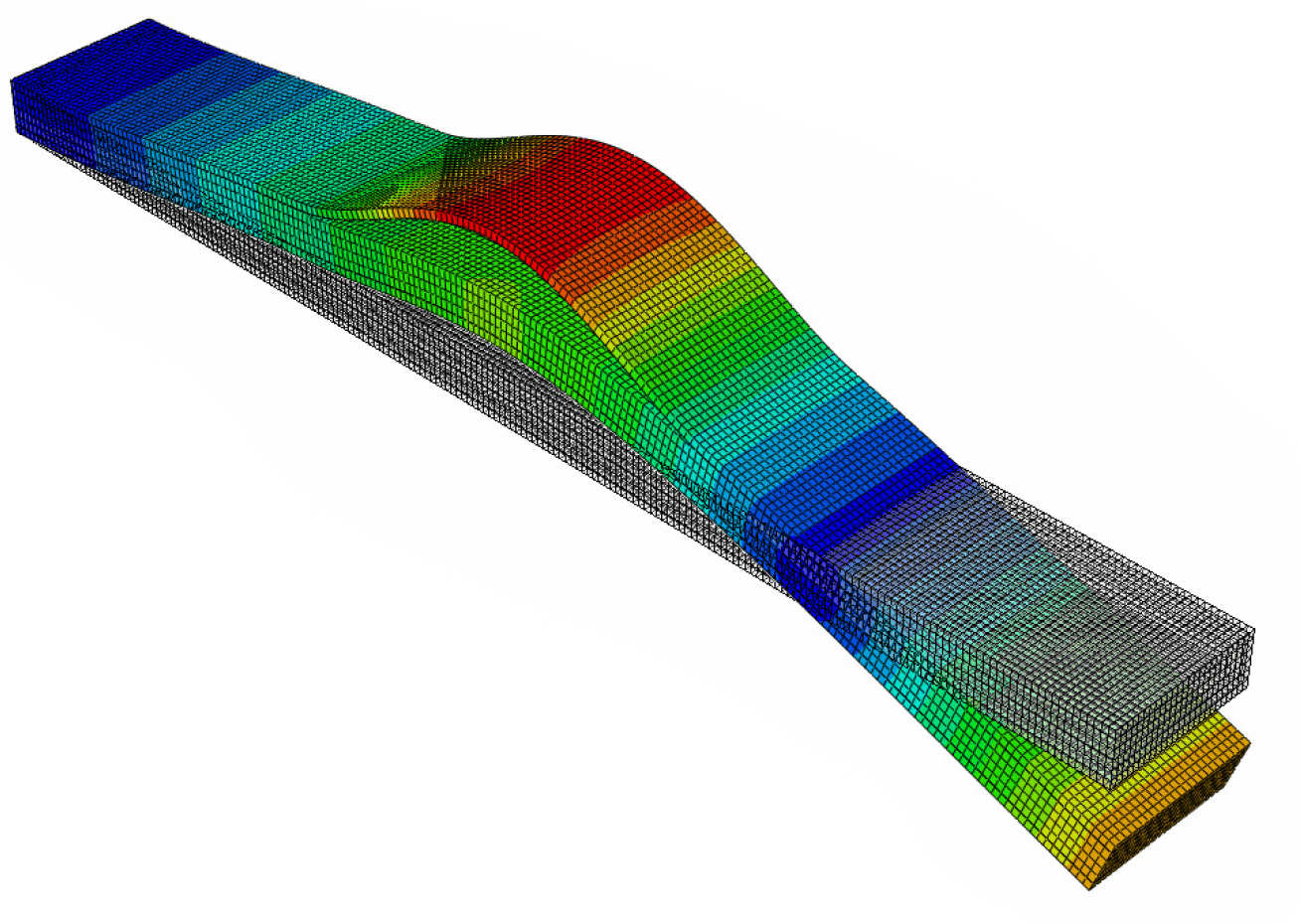
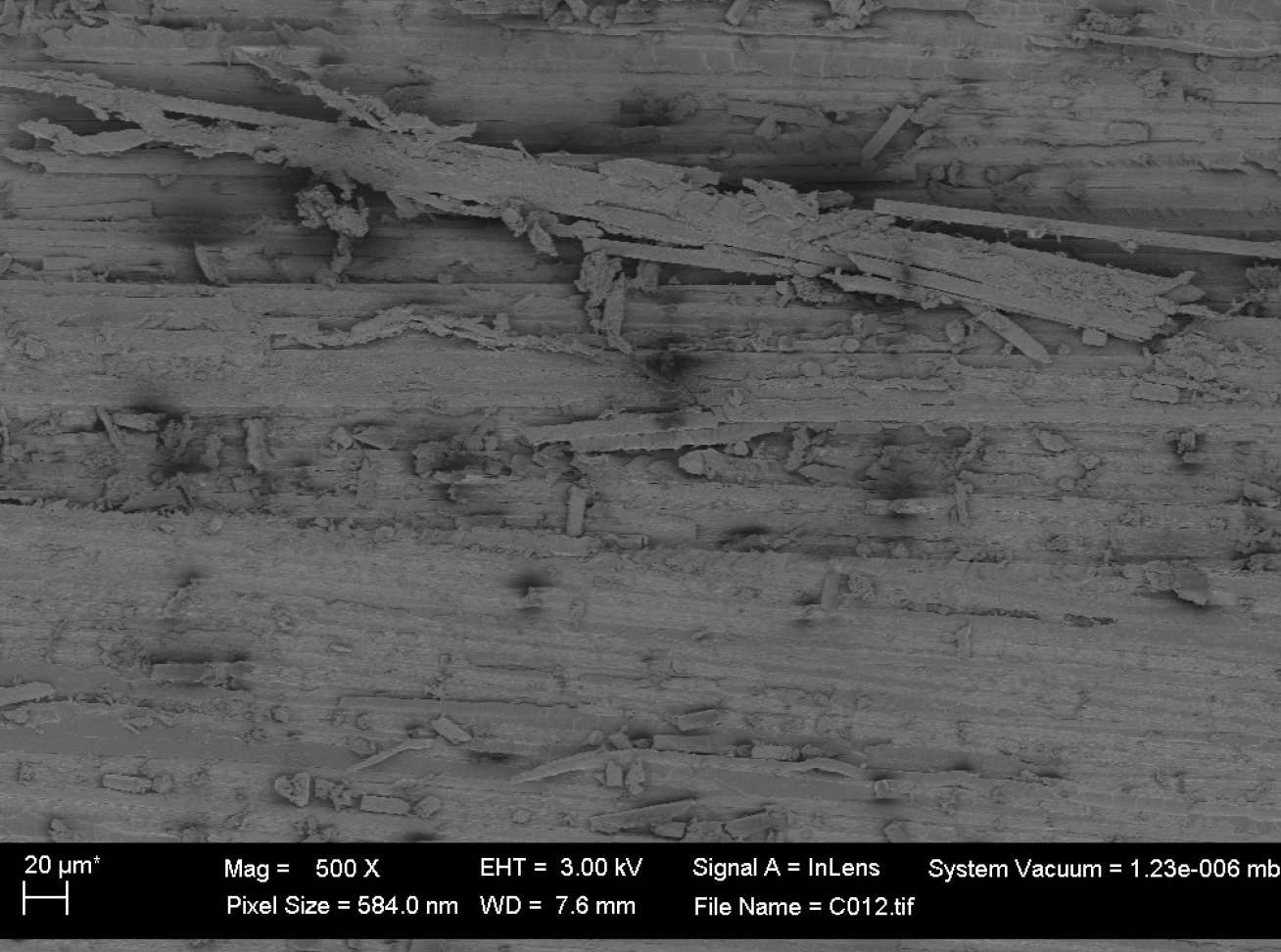
Fabian S. Sorce
Coil coatings are high performance polymer paints used in the production of pre-painted sheet metal, with end uses ranging from white goods to architectural cladding. The coatings are subjected to large strains, which they must be able to withstand in a variety of environments without their integrity being affected. A range of mechanical and thermal analyses will be used to characterise free films of these paints to gain a better understanding of their behaviour. This will allow the performance of coatings when on metal sheet to be optimised. This project studies the structure-property relationships of coil coatings, and attempts to link these to the formability by evaluating behaviour in industry-standard tests such as the Erichsen cupping test and the T-bend test. This work is in collaboration with Becker Industrial Coatings.
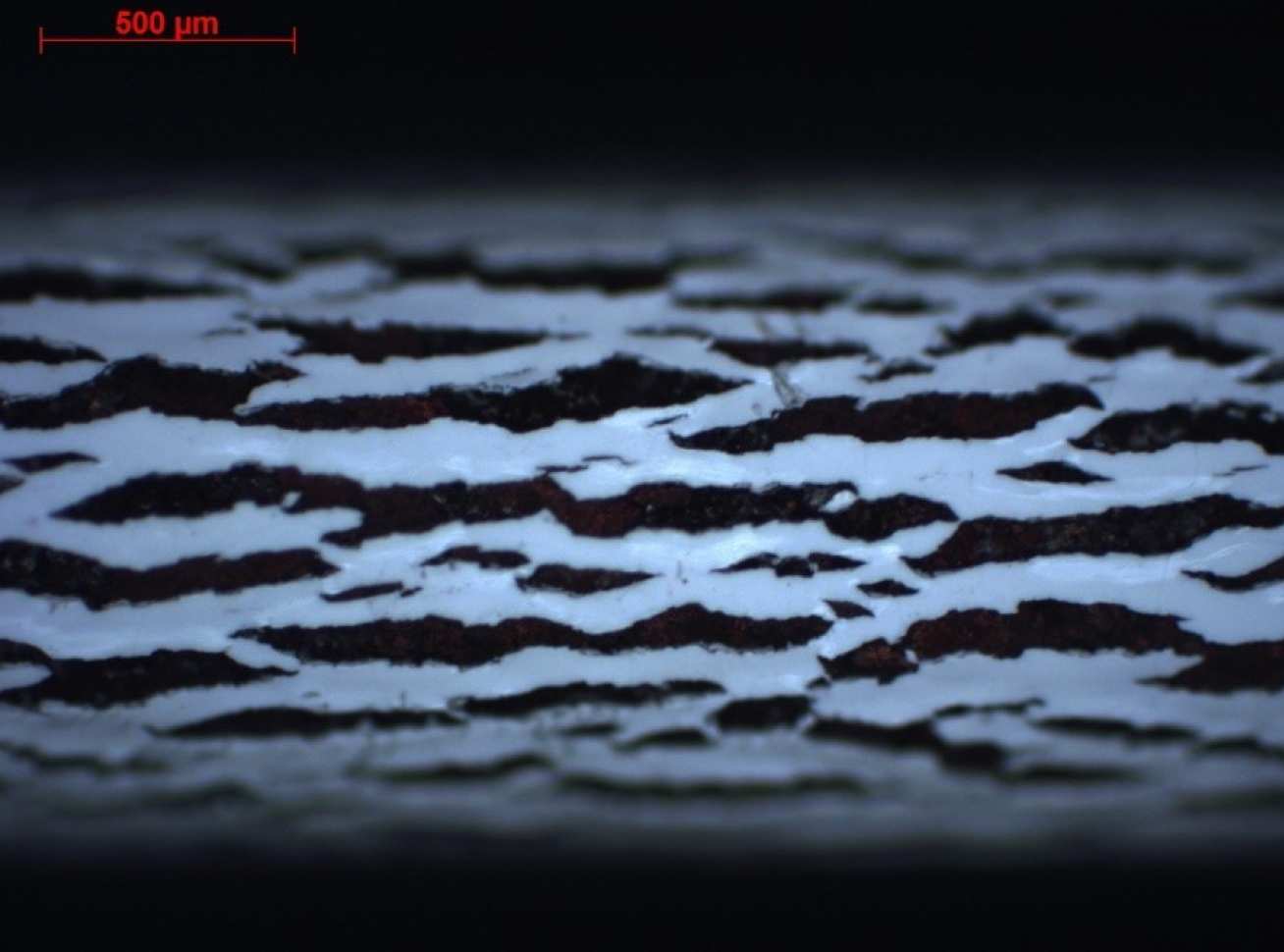
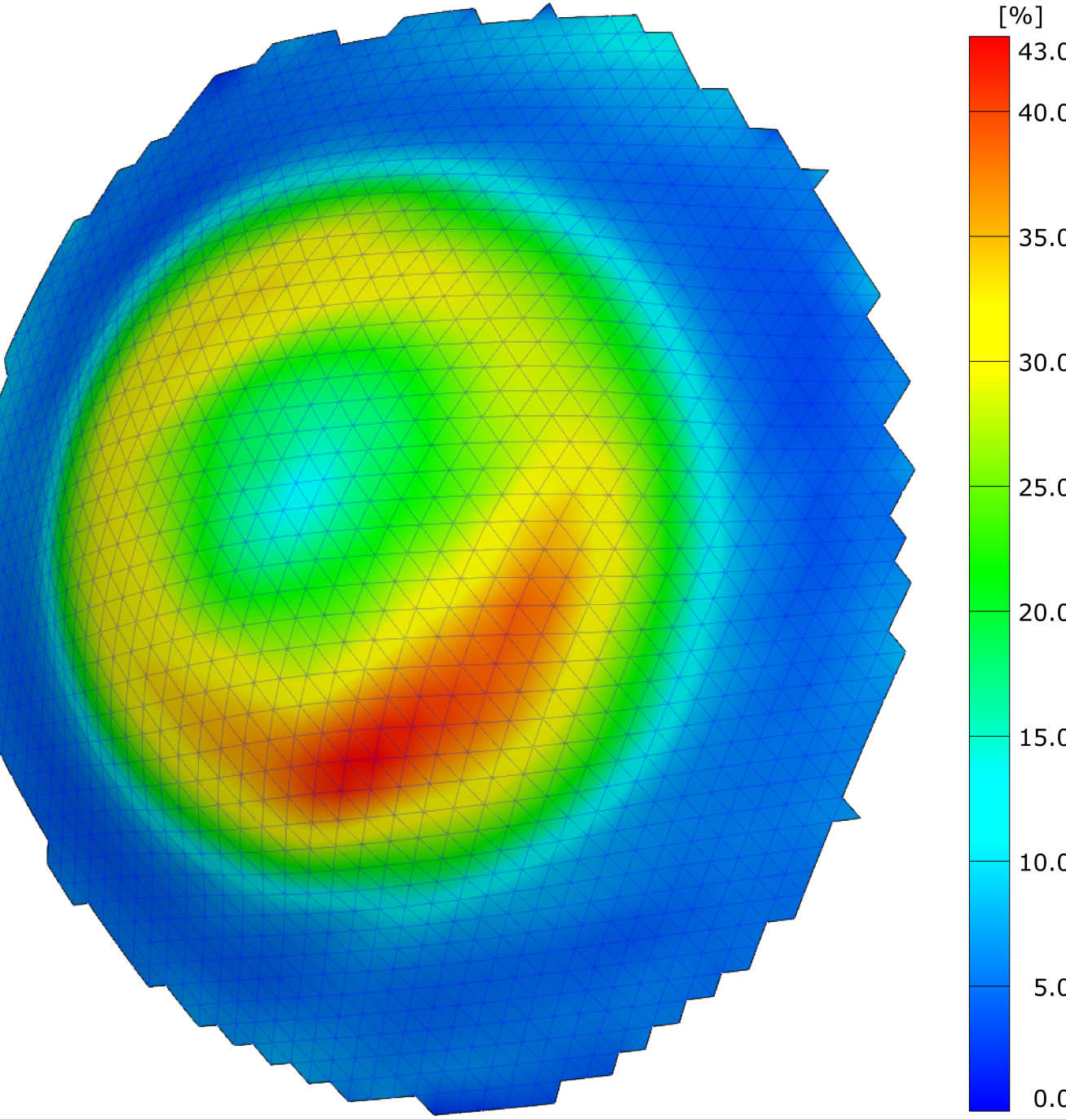
Dr Ganiu Olowojoba
Graphene has excellent mechanical, thermal, optical, and electrical properties and this has made it a prime target for use as filler material in the development of multifunctional composites for a variety of applications: electrostatic discharge, electrically conducting, touchscreen display, fire retardant coatings, lightweight materials with good barrier properties, etc. However, challenges to overcome in order to take full advantage of the aforementioned properties of graphene include good dispersion and good interfacial properties between filler and matrix. This project therefore aims to develop multifunctional graphene-based coatings and fibre composites having a good dispersion of graphene with target applications in the aerospace industry.
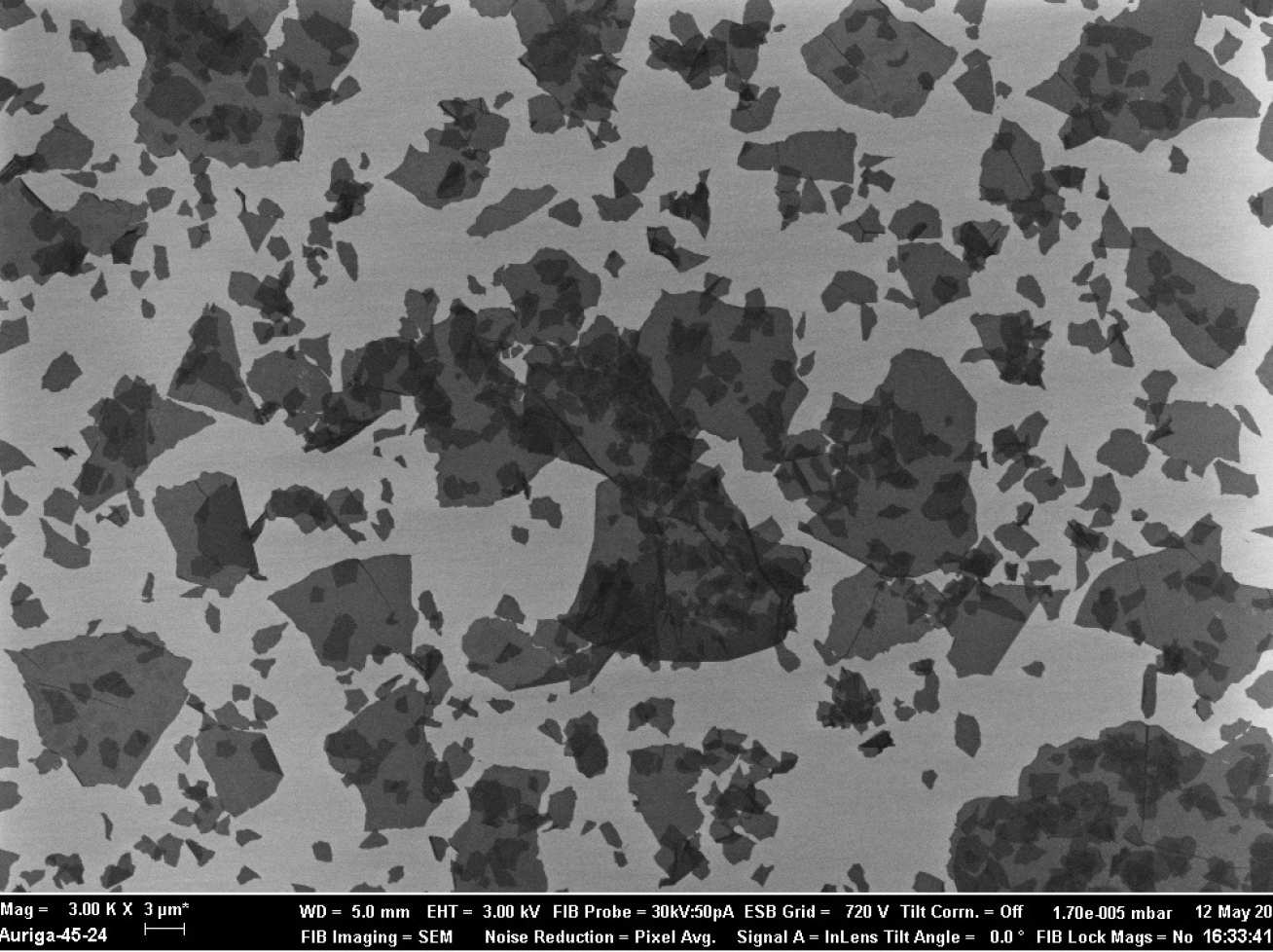
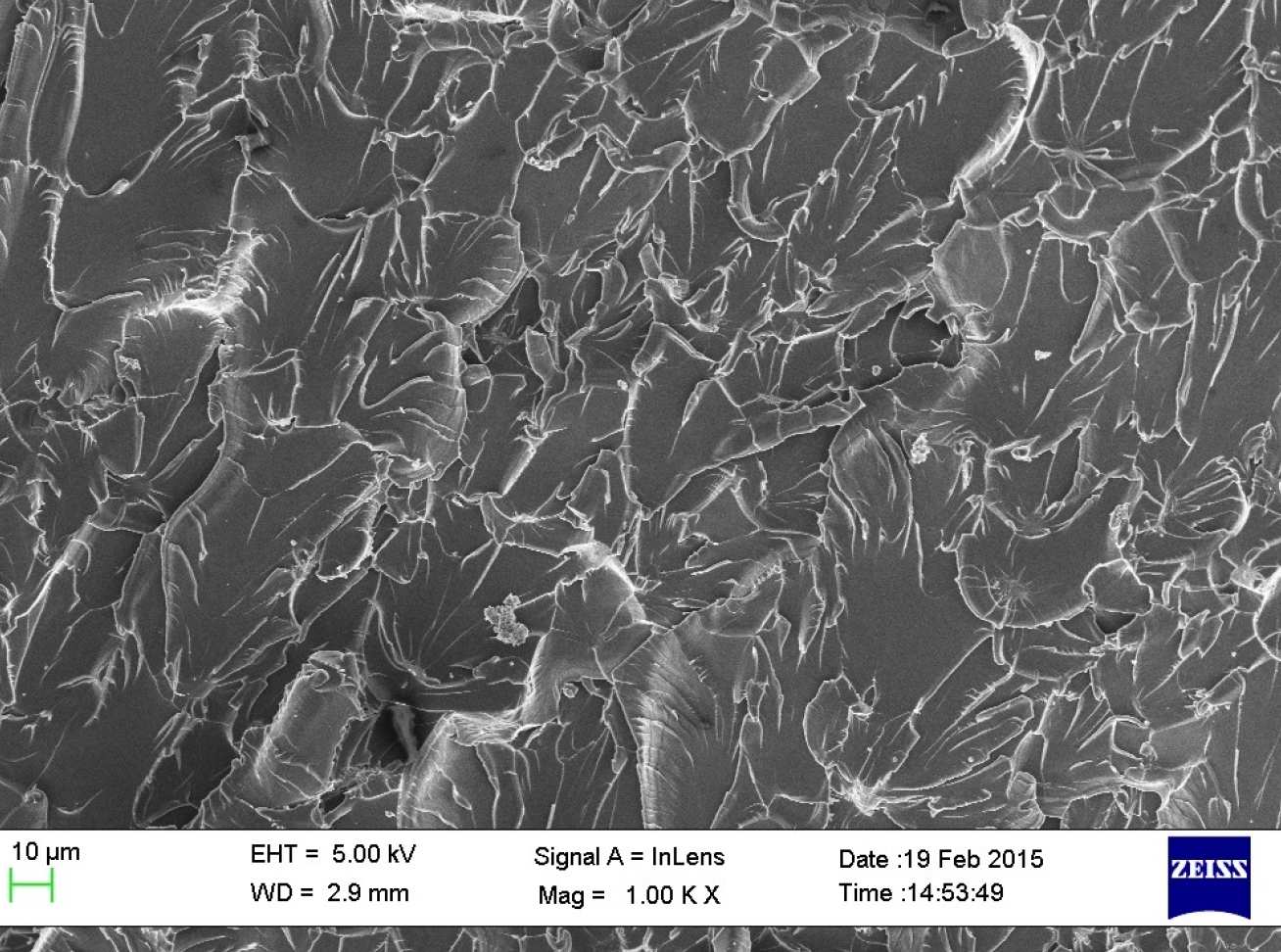
WL (Jasmine) Tsang
This project compares the fracture energy of epoxy polymers with the addition of different weight % of various particles (nano-silica, micron size core shell rubber, ceramics, polyethersulphone (PES) and different hybrid combinations of them), at quasi-static rate, high rate and under low temperature. Single edge notch bending (SENB) and tapered double cantilever beam (TDCB) tests were used in determining the fracture energy. Results were also compared with analytical and finite element modelling predictions. Further information about the failure behaviour was provided by examining the fracture surfaces using scanning electron microscopy (SEM). Other mechanical properties of the materials were studied with the use of tensile, dynamic mechanical analysis (DMA) and plane strain compression (PSC) tests. DMA for the glass transition temperature (Tg) of different formulations and the effect of test rate in terms of the frequency used. PSC tests were used to study compressive properties and to identify toughening by shear yielding.

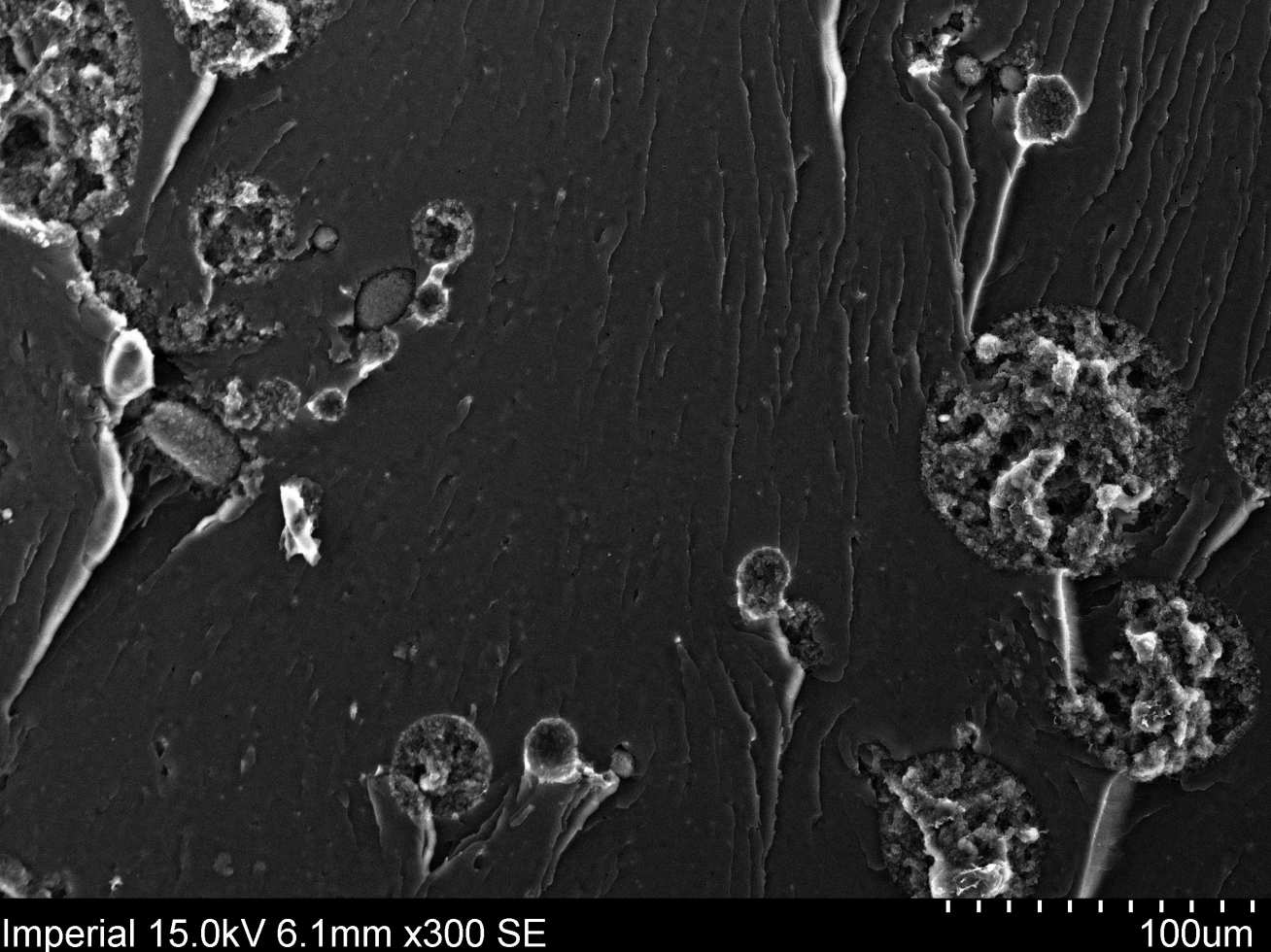
Sotirios Kopsidas
Carbon-based nanomaterials in view of their superior mechanical, thermal and electrical properties have been identified as target filler materials for the development of multifunctional polymeric composites. This is of particular importance to key industries such as aerospace, marine and nanoelectronics. The strategy of employing a hybrid filler system with carbon nanomaterials of different geometric shape, such as graphene nanoplatelets (GNPs) and carbon nanotubes (CNTs), can significantly enhance the overall composite performance. In the current project, the thermo-mechanical, mechanical, electrical and thermal properties of GNP-CNT hybrid composites are being characterised. The corrosion inhibition capability of these nanocomposites is another potential area of interest.
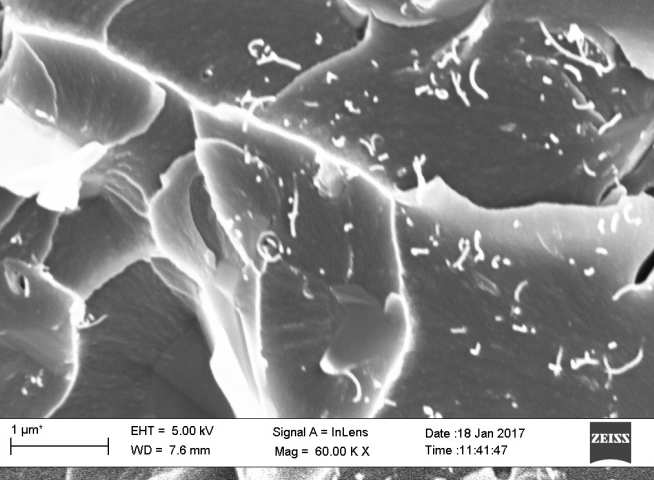
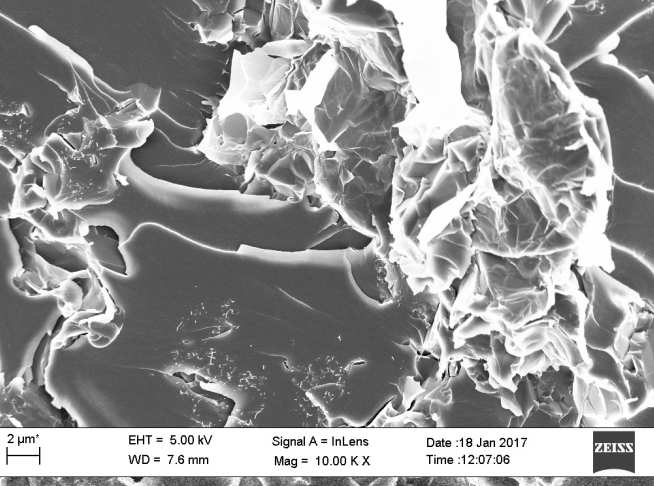
Xinying Deng
Due to increased environmental awareness, there is a growing demand for green composites. However, when compared to their petroleum-derived counterparts, natural fibres and fillers are hygroscopic, have lower thermal stability, and thus it is difficult to achieve green composites with good filler dispersion plus good mechanical and fracture properties. In this project, the processing, properties and fracture mechanisms of plant-derived composites are currently being investigated.
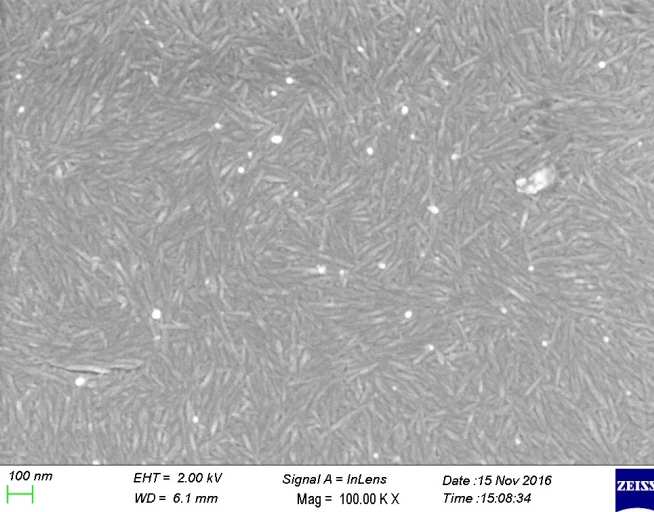
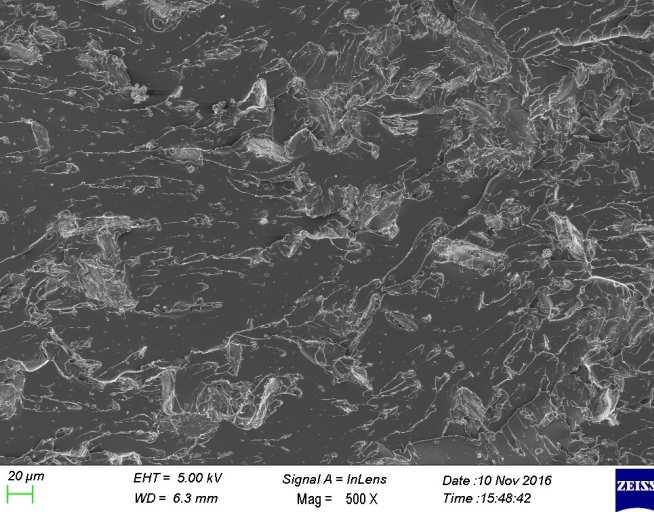
Analysing the quality of the dispersion of particles in a polymer matrix is very subjective. Poor dispersion of particles in a polymer results in poor material performance. We have developed a methodology to quantify the dispersion of particles from micrographs by calculating the ‘area disorder’ to enable the development of better materials and improved process control.

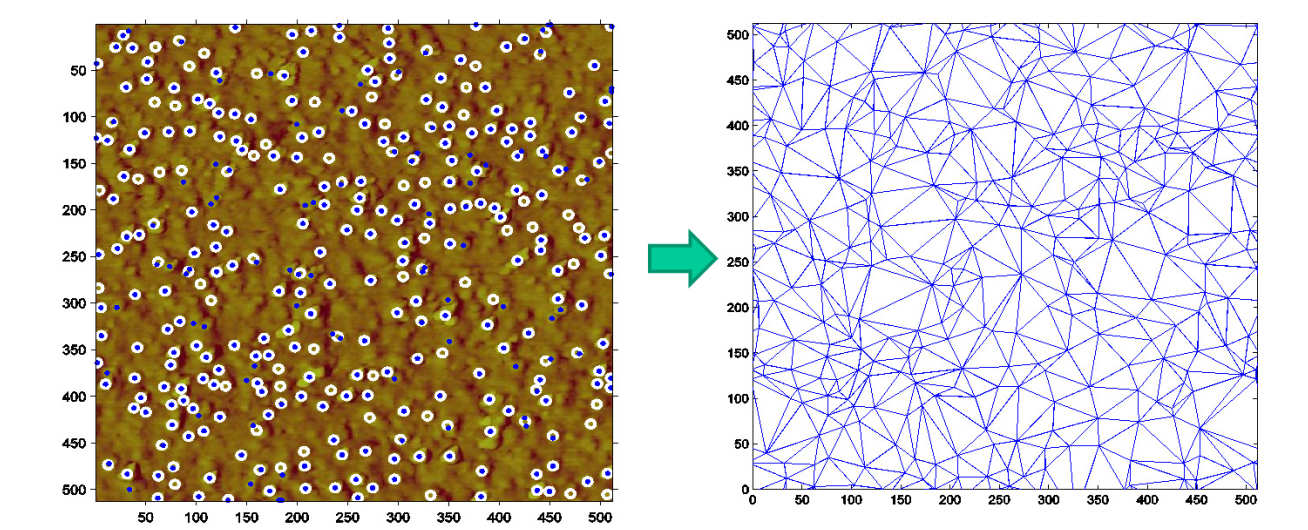
When recycling plastic it is necessary to separate the material into individual polymers, as mixed polymer materials have inferior mechanical properties and very low value. Recycling multilayer packaging (MLP) is a problem, as the layers are made of different polymers are bonded strongly together. Using our expertise in adhesion, peeling of thin films and microstructural design we are working to optimise the location and strength of adhesion between packaging layers by controlling the degree and patterning of surface treatment prior to lamination. This will allow better layer separation through shredding at the end of life, optimising polymer purity and value.
Where layer separation is impossible, we are working to apply our state-of-the-art characterisation and modelling approach for designing composites from combined processing of MLP. We will use experimental (mechanical characterisation, peel adhesion of films, composites testing, microstructure imaging) and modelling (adhesion and fracture mechanics theories, micromechanical composites models) approaches to design and engineer new solutions for recycling MLP for maximum performance. This will ensure recycled polymer components of the MLP do not get downgraded because of inferior mechanical properties. Indeed, the regenerated combined material may be used as the core of MLP for food contact applications as long as the outer layer is a functional barrier layer that satisfies regulations for food contact.
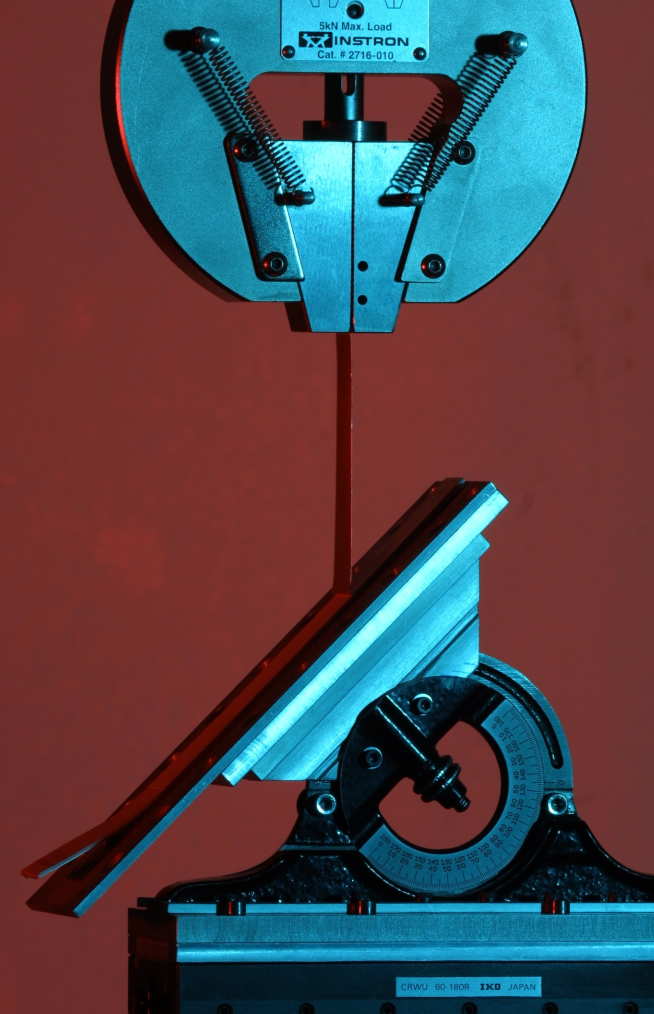
Tasnuva Khaleque
Epoxies are high performance thermosetting polymers which are widely used as adhesives, coatings and as the matrices for fibre-reinforced polymer composites. However, cured epoxies have highly cross-linked polymer networks, which make them inherently brittle. The current project focuses on the experimental and modelling (finite element and analytical) study of the microstructure and toughening mechanisms of core-shell-rubber particle- and nanosilica particle-modified epoxy polymers. The aims of this work are to identify the structure-property correlation and to develop tougher adhesives and fibre composites.
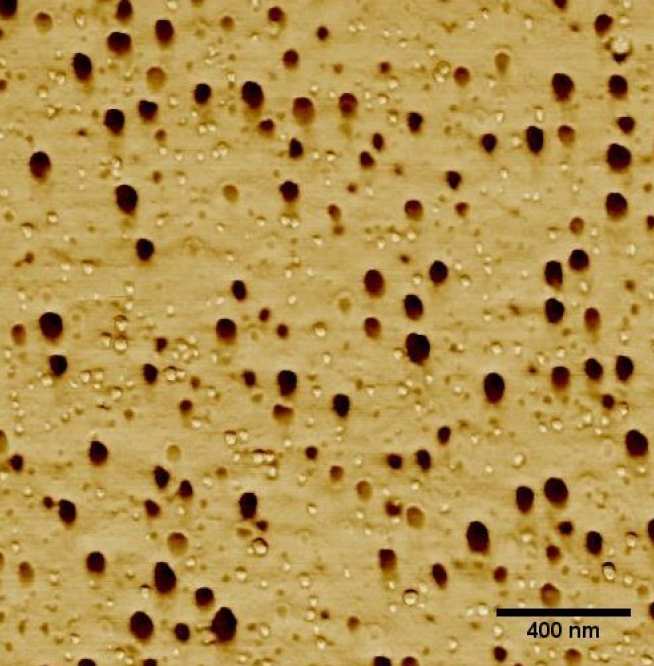
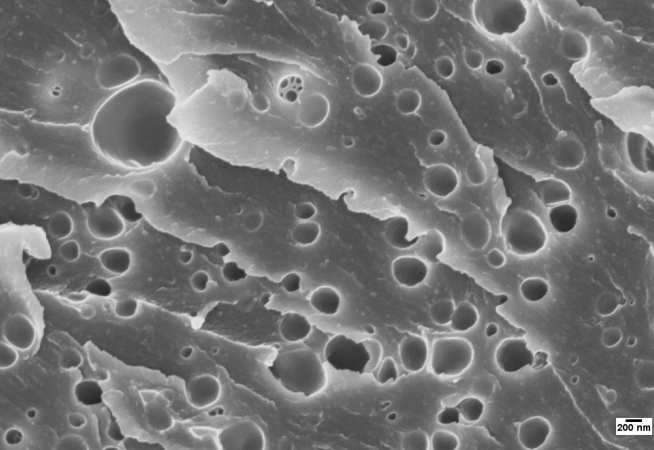
Fibre composites enable stiff, strong and lightweight structures to be manufactured, reducing fuel consumption and increasing safety in cars and aircraft. However, fibre composites are conventionally slow and hence expensive to manufacture. New fast-curing resins are available, but these can undergo thermal degradation during curing and generally result in brittle materials. We have shown that tough fibre composites can be manufactured in minutes without degradation by the addition of rubber or silica nanoparticles.
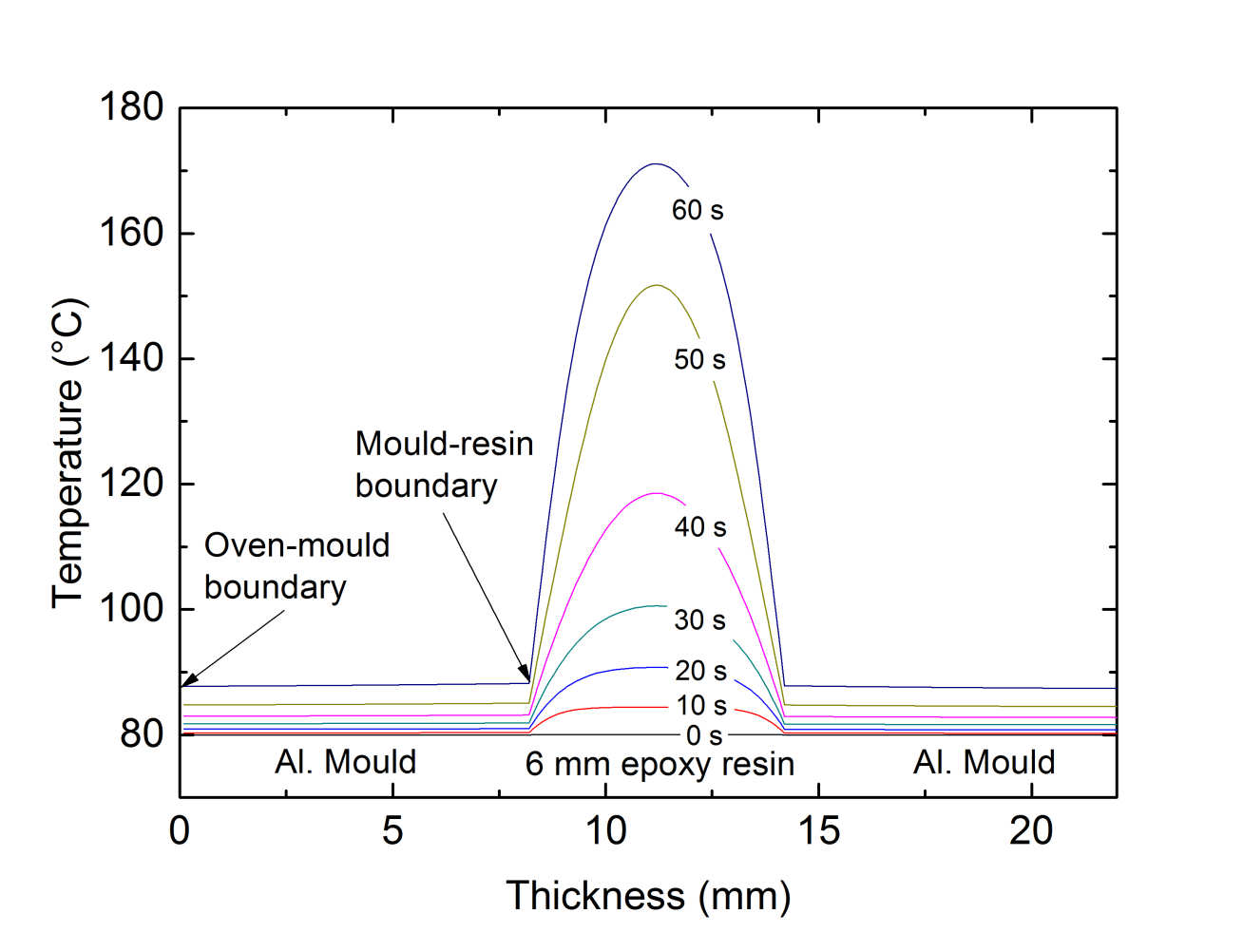
--tojpeg_1488982181001_x2.jpg)
Sammy He
Syntactic foams are composite materials comprising of hollow glass microspheres embedded in an epoxy polymer matrix. They exhibit low density and high specific strength and stiffness, making them attractive for use in weight-sensitive structural applications, such as the core in carbon fibre sandwich panels used in the aerospace and marine industry. However, these materials are brittle, limiting their usefulness. Toughening modifiers such as rubber, polymeric or ceramic particles can be added to the epoxy matrix to attempt to increase their toughness. This project will investigate the morphology, mechanical and fracture properties, and toughening mechanisms of syntactic foams with the addition of various modifiers.
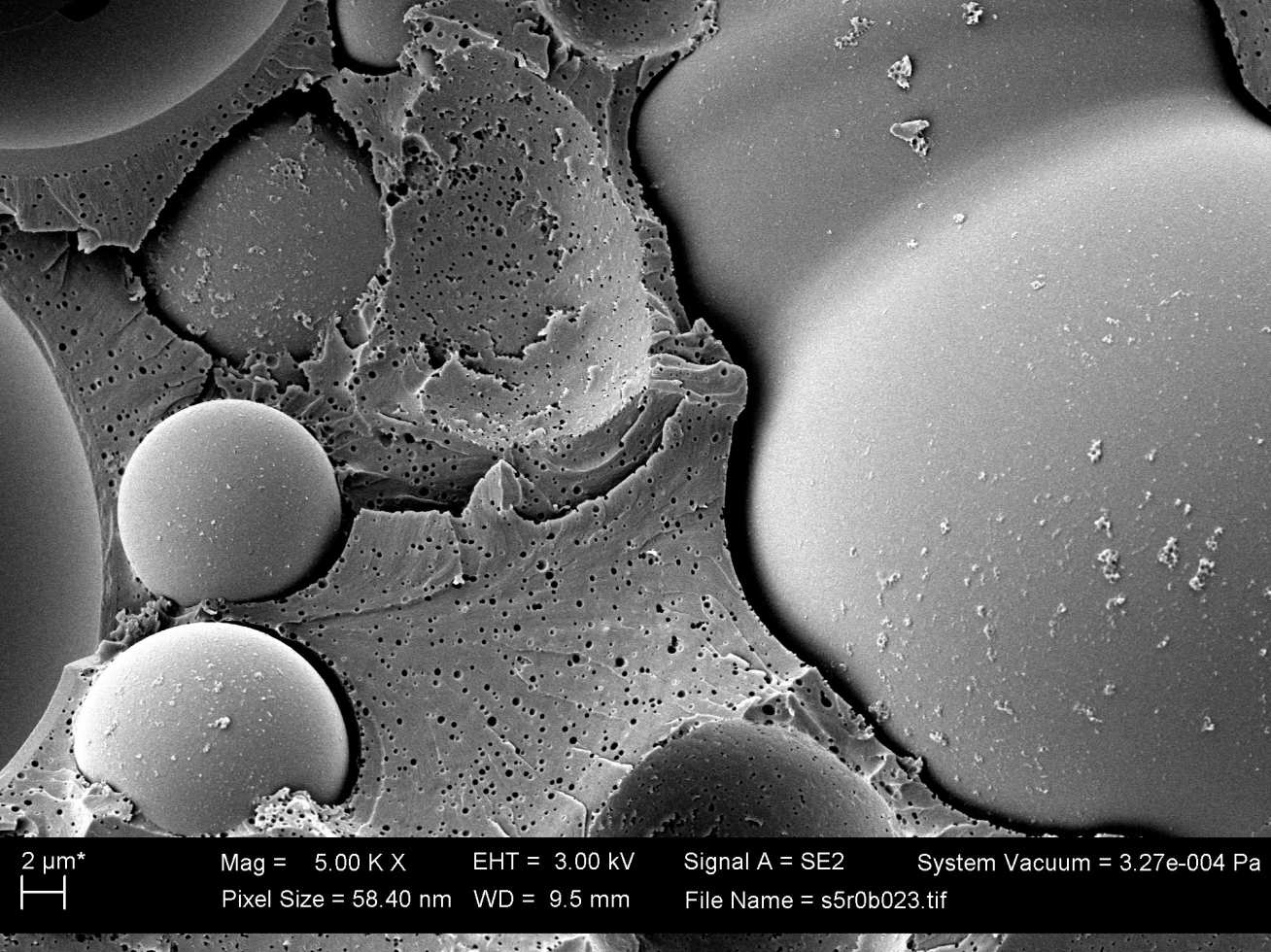
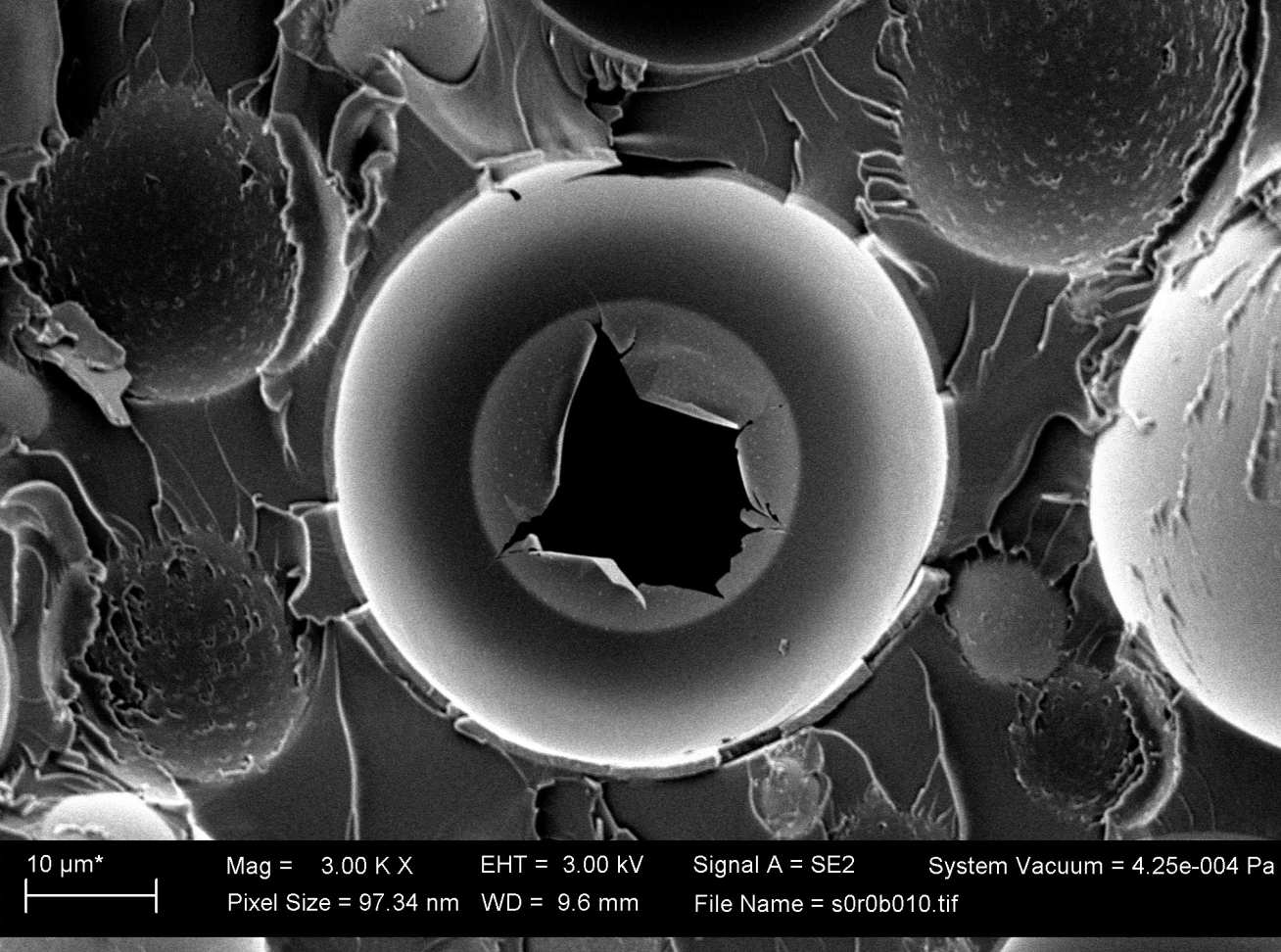
Contact us
Group Leader
Dr Ambrose Taylor
Tel: +44 (0)20 7594 7149
Email: a.c.taylor@imperial.ac.uk
Website
515 City and Guilds Building,
South Kensington Campus.